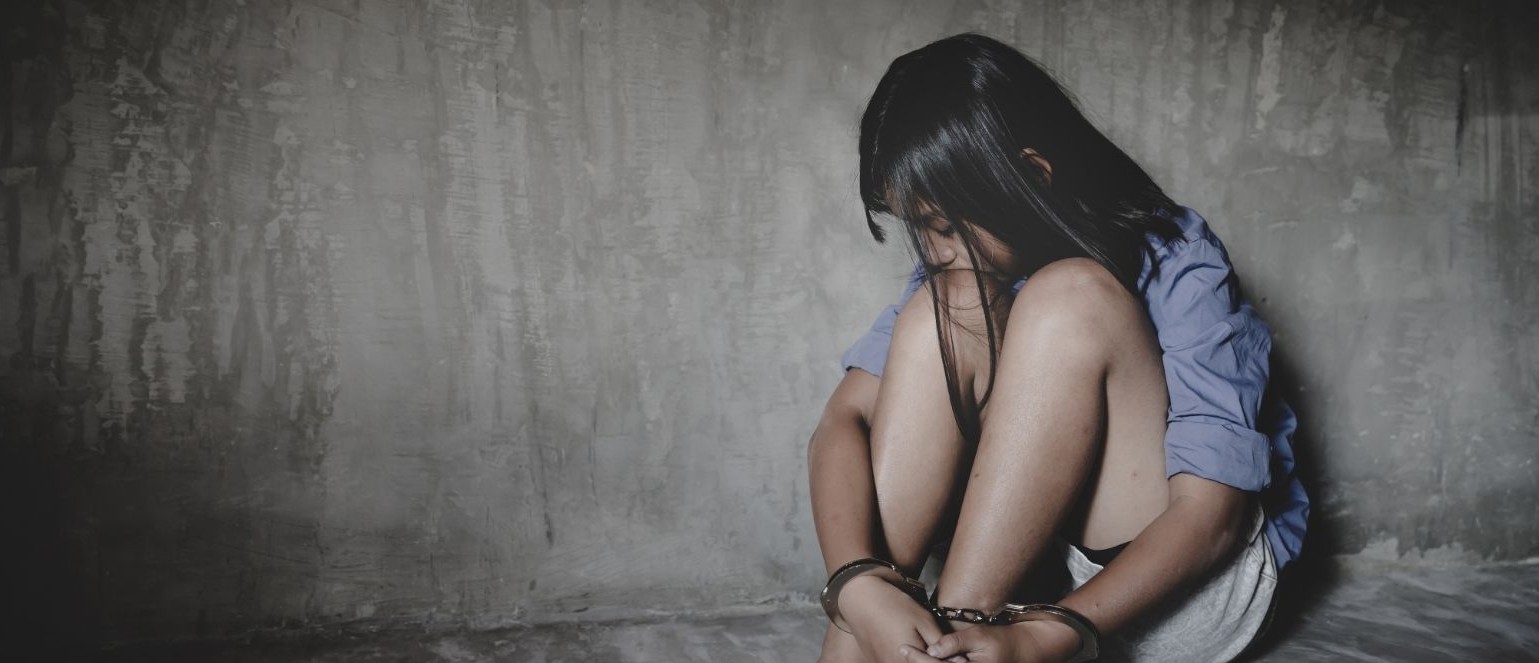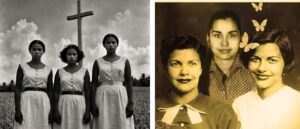By Francisca Sinjae
A crime older than its name, the exploitation of women and girls thrived under many guises long before the term “human trafficking” came into existence. From the palaces of pre-colonial African kingdoms to the temples of ancient Asia, from the castles of medieval Europe to the plantations of the Americas, women have been forced into labor, marriage, sexual servitude, and domestic bondage. But history reveals another truth: women have always resisted. They have risen, loud, quiet, fierce, strategic, to take back power, space, and voice.
I. Before It Was Called Human Trafficking: Global Histories of Exploitation
Before colonization, exploitation took many forms, slavery, bride capture, concubinage, servitude. In West Africa, women were traded among kingdoms and empires, sometimes as war spoils or peace tokens. In East Africa, Arab traders trafficked women across the Indian Ocean. In Europe, feudal systems saw serfs and female servants living in forced obedience. In India, Devadasi girls were bound to temples under religious pretense. In East Asia, women were trafficked for imperial pleasure, domestic work, or military sexual slavery, as seen with the Korean “comfort women” under Japanese rule.
Human trafficking is not new; it merely received a name in the 20th century. In the 1800s, the term “white slavery” emerged in Europe and North America to describe the abduction of European women into sexual slavery. This racialized framing largely ignored Black, Asian, and Indigenous women who were already enduring systems of exploitation through colonization and conquest.
It wasn’t until the late 1900s that the United Nations and global coalitions began formally defining and criminalizing what we now call human trafficking.
II. Colonialism and the Spread of Structural Exploitation
Colonial powers reinforced patriarchal norms and institutionalized the exploitation of women. British, French, Portuguese, Spanish, and Dutch colonial administrators depended on the control of indigenous women as part of broader domination strategies. In colonies across Africa, Asia, the Caribbean, and Latin America, women were often doubly colonized, by race and by gender.
In the Americas, the transatlantic slave trade enslaved millions, including countless African women forced into both field labor and sexual servitude. Indigenous women across North and South America were abducted by colonial militia, settlers, and missionaries. In Australia, Aboriginal women faced similar fates under British occupation. European women in lower classes were trafficked to colonial outposts as domestic workers or brides sometimes voluntarily, often not.
III. The Evolution of Trafficking in the Modern World
Following the abolition of formal slavery, trafficking shifted into more covert forms. Women were recruited under false pretenses for domestic work, marriage, or performance abroad. Global migration patterns, fueled by poverty, war, and instability, created new vulnerabilities. Traffickers adapted, using debt bondage, document confiscation, threats, and violence to control their victims.
In Eastern Europe after the fall of the Soviet Union, a rise in unemployment and social collapse saw many women lured into false jobs abroad and forced into sex work. In Southeast Asia, internal migration and cross-border smuggling networks flourished. In Latin America, drug cartels added human trafficking to their portfolios. In the United States, Indigenous women and undocumented migrants face disproportionately high rates of trafficking.
According to the International Labour Organization, over 50 million people were living in modern slavery in 2021. Of those trafficked for sexual exploitation, 77% are women and girls. Every region of the world is both a source and destination of trafficked persons.
IV. Women Who Resisted: From Silent Acts to Organized Movements
Throughout history, the resistance of women has taken many forms, some quiet, others revolutionary. Women escaped captivity, organized uprisings, formed mutual aid networks, and risked their lives to shield others. But the 19th century marked a turning point where these acts of defiance began transforming into organized global movements.
In 1848, the First Women’s Rights Convention held in Seneca Falls, New York, marked a revolutionary moment in the global history of resistance. Organized by Elizabeth Cady Stanton and Lucretia Mott, the convention gathered over 300 women and men to openly challenge the legal and social inequalities faced by women. The result was the “Declaration of Sentiments,” a document boldly modeled after the Declaration of Independence, declaring that “all men and women are created equal.”
While the event is often remembered for igniting the women’s suffrage movement in the U.S., it was more than that, it was a daring public condemnation of the deeper structures of exploitation that had long confined women.
These included forced dependency, denied property and voting rights, exclusion from education and employment, and the inability to control their own bodies. The Seneca Falls Convention laid the intellectual and moral groundwork for feminist resistance across continents. It signaled to the world that women were not just victims of systems like trafficking and domestic servitude, they were architects of their own liberation. From that point forward, resistance was no longer sporadic, it was strategic.
In Ghana, Yaa Asantewaa led an anti-colonial rebellion that disrupted the exploitation of local women. In India, women’s rights leaders like Rukhmabai and Pandita Ramabai fought to dismantle systems that facilitated early marriage and temple slavery. In Korea, Kim Hak-sun became the first woman to testify publicly as a former “comfort woman,” exposing the Japanese military’s use of sexual slavery.
In Haiti, women played key roles in the revolution that ended slavery and colonial rule. In South Africa, anti-apartheid activist Winnie Madikizela-Mandela drew attention to the systematic abuse of Black women. In Mexico, indigenous women activists are today documenting femicide and human trafficking linked to cartels.
Women who fled, testified, organized, educated, and rebuilt became catalysts for policy changes, international conventions, and community action. Their names may be known or lost but their courage left footprints across generations.
V. Naming It, Fighting It
It was not until the 2000 UN Palermo Protocol that a comprehensive international definition of human trafficking was established. Today, trafficking includes forced labor, sex trafficking, child soldiering, and organ removal. But naming the crime is only part of the struggle.
The global anti-trafficking movement now spans borders, sectors, and ideologies. Survivors, scholars, lawmakers, and artists alike confront the systems that enable exploitation: poverty, war, gender inequality, racism, lack of access to education, and broken justice systems.
Yet the war is far from over. Trafficking has grown more tech-enabled, more globalized, and more complex. From social media lures to fake visa scams, new tools create new traps.
VI. The Fight Continues
As we look back on this crime that is older than its name, we must honor the resilience of women across time and place. From ancient courtyards to colonial plantations, from modern brothels to corporate boardrooms, women have survived and resisted trafficking in its many forms.
But survival is not enough. The call is not only to remember but to act. To amplify survivor voices. To strengthen laws. To fund education. To change culture. To end impunity. To raise girls who will not only survive, but lead.
The world owes women more than acknowledgment; it owes them transformation.







